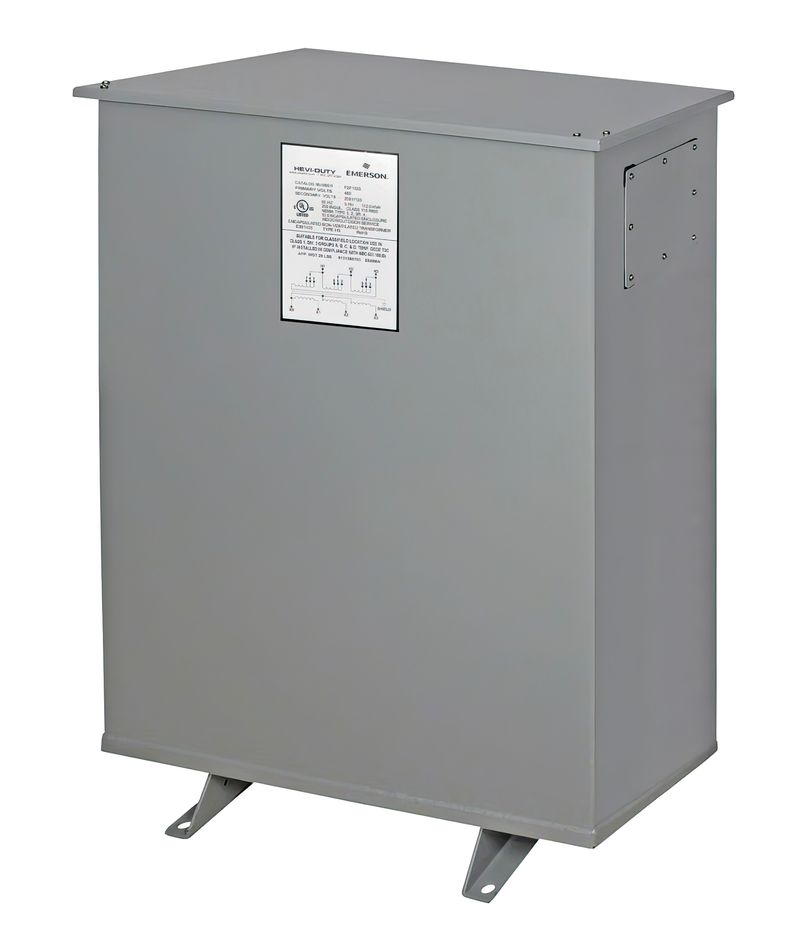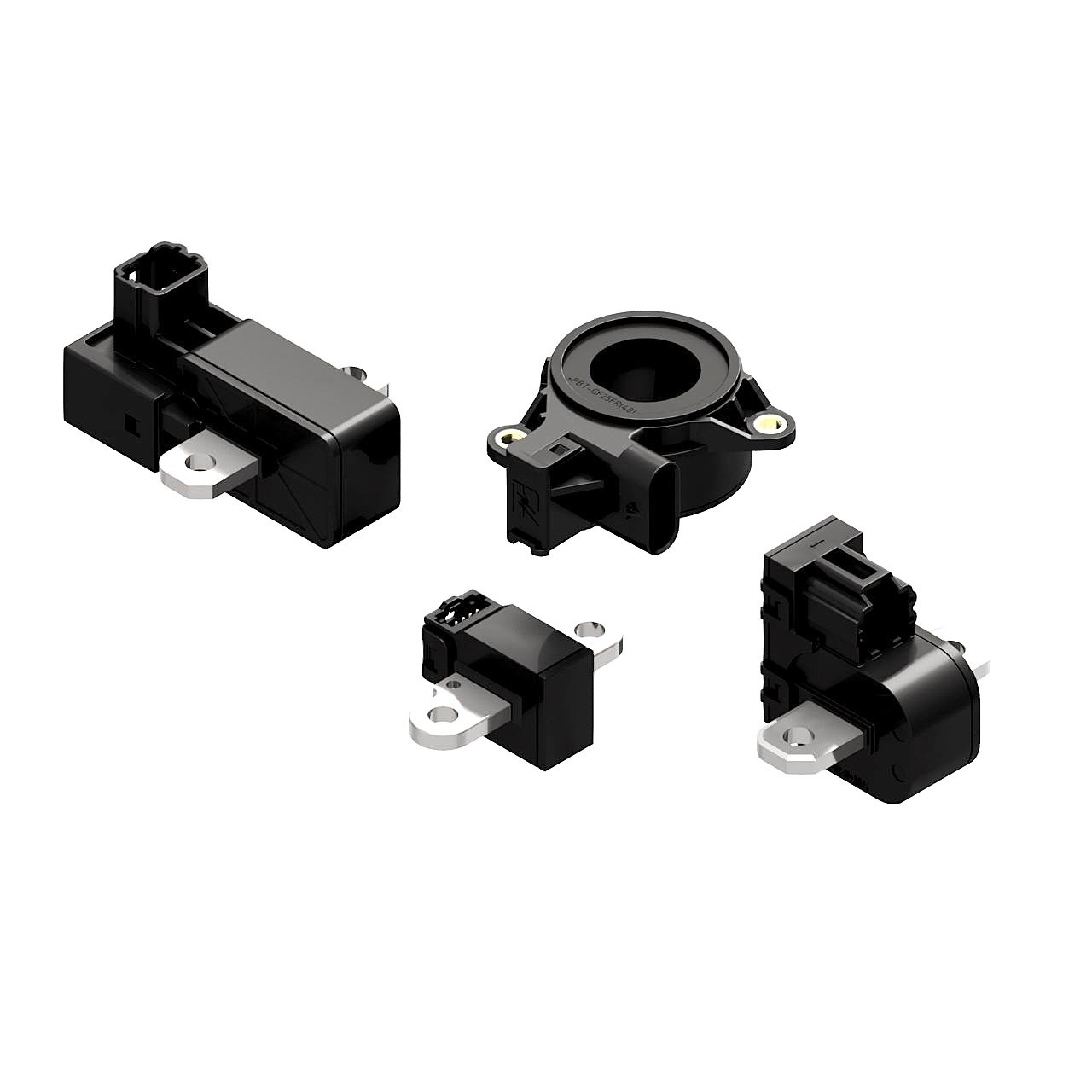Bosch has now introduced two new system-on-chips. The SX600 and the SX601 support a wide range of advanced driver assistance functions that fall under SAE level 2+ for vehicle autonomy. For example, the automatic emergency braking function reduces the risk of rear-end collisions. Other applications include adaptive cruise control, the detection of objects in the driver’s blind spot, and the lane change assistant.
Semiconductors and sensors directly from Bosch
“Bosch can already look back on 25 years of experience in the field of radar sensors. With our advanced SoCs, we’re helping to make driving convenient and, above all, safe,” says Peter Wolfangel, executive vice president of the Mobility Electronics division at Bosch. Automotive customers and distributors can source these SoCs directly from Bosch. According to the Automotive Semiconductor Market Tracker forecast by S&P Global Mobility in March 2025, the market for radar semiconductors is set to grow by 12 percent annually. This represents a disproportionately strong increase compared to the overall automotive semiconductor market.
High resolution and long range, even for small objects
The two new chips have a fully digital, fast-response phase-locked loop (PLL) – a control circuit that uses digital components to adjust the frequency and phase of an output signal to the frequency and phase of an input signal. The digital PLL is therefore more precise, more flexible, and easier to integrate than an analog one. It generates a highly flexible output signal and enables a long range and high resolution. The integrated radar receiver offers a high dynamic range for optimized object recognition, making the sensors highly sensitive even to small and distant targets. Their error rate is also significantly lower than with other radar sensors.
This advanced radar detection inevitably requires greater computing power. Bosch manufactures the two new radar SoCs using 22nm RF CMOS technology. This cutting-edge semiconductor technology allows the SoCs to be fully integrated at low cost and offers a range around 30 percent greater than conventional sensors on the market. The multicore subsystem provides sufficient memory and computing power to integrate customer functions directly on the chip, with plenty of scope for future expansion.
AI capability based on neural networks
The chips are equipped with a millimeter-wave sensor frontend (mmWave) and a powerful digital signal processor for conventional or AI-based data processing. This frontend is the interface between the real world and digital processing – and is thus crucial to the functionality and accuracy of the entire mmWave sensor system. Its high computing power supports complex recognition algorithms and artificial intelligence based on neural networks. These advanced functions allow the ADAS system to reliably distinguish between pedestrians and other objects. Bosch offers the matching engineering environment to simplify the implementation of applications with machine learning.
Ready for future innovations thanks to drop-in compatible technology
The SX600 and the SX601 operate in the 77 GHz frequency band. Both SoCs feature CAN XL and Ethernet interfaces, which means they can be connected flexibly to the vehicle system. Hardware-based security accelerators and data encryption prevent unauthorized persons from gaining access. While the SX600 is designed for cost efficiency, the SX601 offers more memory and the greatest computing power currently available on the market. The two models are interchangeable, making it easy to upgrade the system. Each sensor is equipped with four transmitting and four receiving channels. For applications with even higher requirements, Bosch offers a cascadable solution consisting of two interconnected chips. Samples of the SX601 are already available to customers worldwide for development and testing purposes.
For more information, go here.






